LEDs and Incandescent bulbs are both widely used in outdoor spaces. Each category has perks that help create the ambiance you desire in your project. While incandescent bulbs are known for their regal and traditional ambiance, LEDs are becoming popular because of their versatility and cost-effectiveness.
You can not make a suitable decision until you learn about each type of lighting, so you’ve come to the right place. We have experience lighting up hundreds of projects and know exactly what you want.
Let’s dive in.
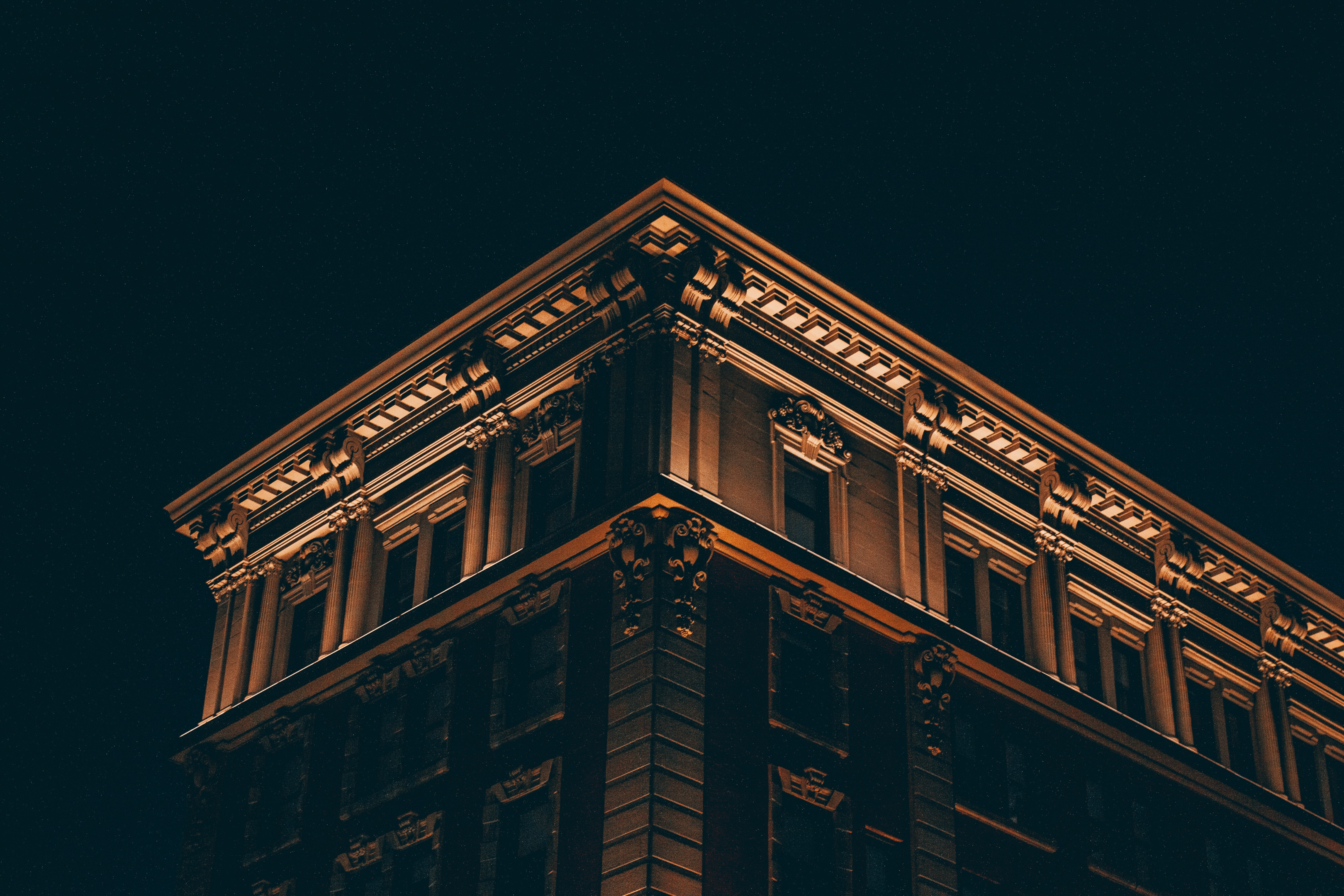
Before diving into the details about which lighting suits better for outdoor let’s brush up on some of the basics of both incandescent and LED lighting and their differences.
What Is Incandescent Lighting?
Incandescent or filament bulbs were first introduced in the early 1800 and remained the primary illumination source for the next hundred years. Even now, not much has changed regarding direct technology apart from some design modifications.
Incandescent bulbs have tungsten filaments that burn red hot (without melting) when electricity is passed through them. This burning releases energy which you witness in the form of bright light. Moreover, the temperature inside the bulb reaches 4500°F or 2500°C.
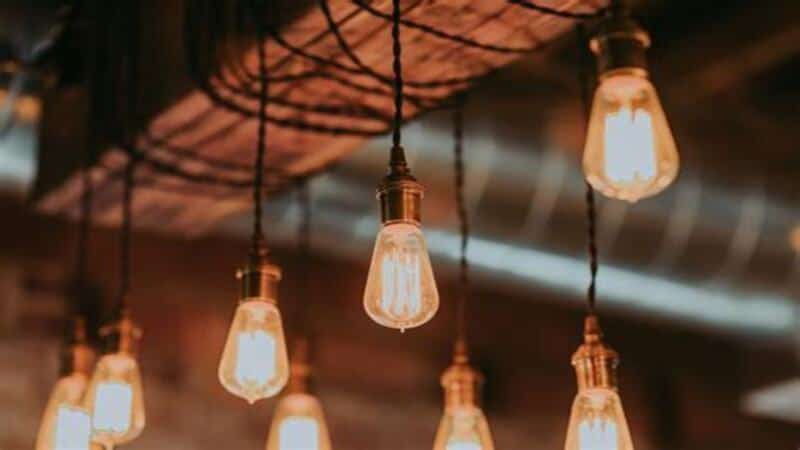
What Is LED Lighting?
Light Emitting Diode (LED) works in a completely different way. Here are some basics you need to know without going into boring details. In LEDs, when an electric current passes through a semiconductor diode, it causes the movement of electrons, which releases photons.
These photons release results in the bright light you commonly observe. Almost all the energy consumed is converted to light, making LED lights the most efficient lighting technology.
The Difference Between LED and Incandescent Lights
Warm-up time
Incandescent outdoor lighting takes a few seconds to reach its maximum illuminance as the filament glows red hot. LED bulbs, on the other hand, don’t require warm-up time. They reach their maximum illuminance almost instantly.
Winner: LEDs
Light Quality
Color temperature
Incandescent lights are known for their “warm and homely” ambiance as their color temperature is toward the warm and yellowish side of the spectrum. The CCT (correlated color temperature) lies between 2700K-3000K.
But LED lights are not specific to a particular color range. They are available in all color temperatures in both warm (<3500 K) and cool (>5000 K) ranges.
CRI
Incandescent lights take the lead with a 95-100 CRI. CRI of LEDs largely depends on the color temperature. It ranges between 65-95.
Lifespan
Incandescent lights have the shortest life span out of all the lighting types. Their average life is only 1200 hours. This means that you’ll have to replace and maintain them often, which adds to the overall cost of your lighting project. This also means that you need to purchase more incandescent bulbs (about 70) to match the lifespan of one LED.
On the other hand, LEDs can run for about 50,000-100,000 hours, almost 100 times more than the average life of an incandescent lamp. While an incandescent light will need replacement every year, LEDs can last up to 20 years!
Winner: LEDs
Maintenance
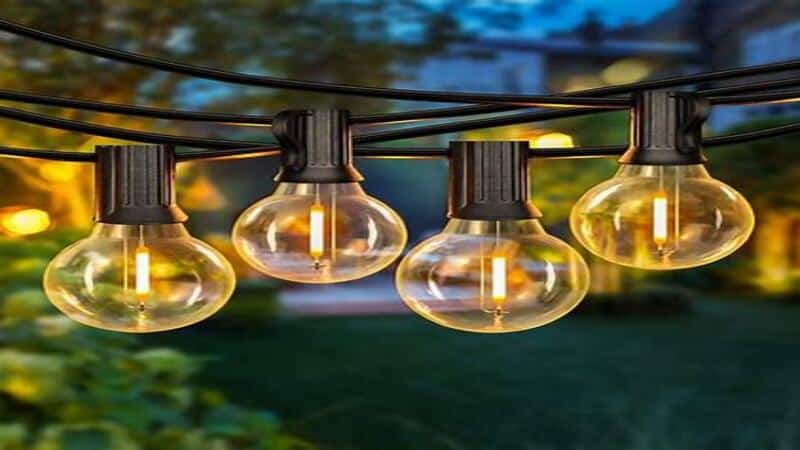
Since incandescent bulbs’ lifespan is short, you’d need a higher maintenance budget. By the end of every year, you’ll either need to replace or maintain specific components of an incandescent bulb. The labor cost and new bulbs can set you back a hefty amount each year.
LEDs, on the contrary, require minor maintenance. Depending on the quality and brand, LEDs can last 5-20 years, saving much money that goes into replacements and maintenance.
Winner: LEDs
Directionality
Another critical difference between the two types is the direction of lighting.
Incandescent bulbs are omnidirectional, meaning these bulbs spread light in all directions (360 degrees). Omnidirectional lighting can not be refected, deflected, or focused on a specific illuminated region. Instead, light spreads in all directions, wasting energy. The use of diffusers and reflectors only works to a certain extent, and the losses are enormous compared to directional lights.
LEDs are intrinsically unidirectional, saving much energy compared to incandescent bulbs. You can also customize them to achieve a broader light distribution. This gives the user flexibility in choosing whatever goes well with their project.
Winner: LEDs
Light Emissions
Incandescent lighting emits most of the light in infrared (IF) and ultraviolet (UV) rays, and only a small portion is converted to visible light.
Infrared lights and UV rays damage the eyes and can cause several eye disorders in humans if exposed for a long time.
LEDs emit 99% of light in a narrow visible spectrum without causing energy loss in irrelevant heat radiations. This makes LEDs a better option in terms of eye health.
Winner: LEDs
Energy Efficiency
Incandescent lights waste 90% of energy through heat generation and distributing light in all directions.
LEDs are highly efficient because minimal energy is lost in heat generation and light distribution.
Winner: LEDs
Upfront Cost
The upfront cost for an incandescent bulb is very cheap. These are manufactured at just $1 or $2. On the other hand, LEDs have a high upfront cost running around $3 to $10.
Winner: incandescent
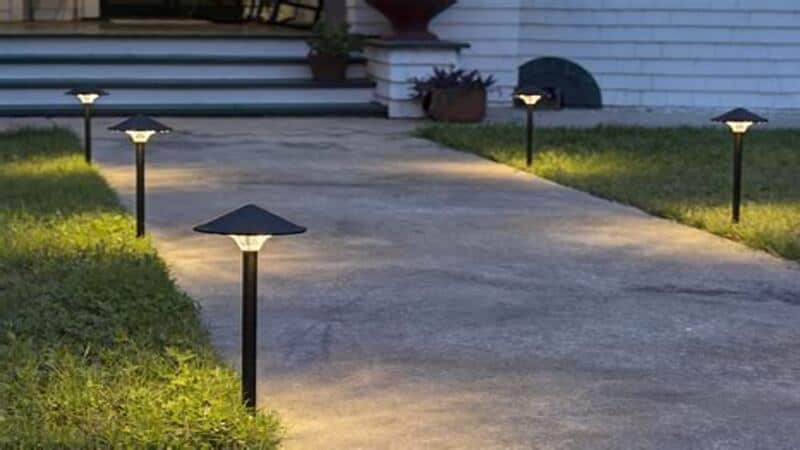
Long-Term Cost Estimate
LEDs may have a higher upfront cost, but they can save you a fortune in the long run because of their high efficiency, directional properties, longer life, and minimal maintenance compared to incandescent lights.
Here’s a simple cost estimate of both types of lights, each producing 800 lumens when operated for 1000 hours.
- A 60-watt incandescent bulb running at $0.1/kWh will cost $6/1000 hours.
- A 9-watt LED bulb running at $0.1/kWh will cost $0.9/1000 hours, producing the same amount of light.
Do the basic math and multiply each estimate by the average number of lights you’re using in your project. You’ll see a tremendous difference in the cost.
Winner: LEDs
| Characteristics | LEDs | Incandescent |
| Energy Efficiency | 90% | 10% |
| Color Temperature | Both cool and warm | Only warm |
| CRI | 65-95 | 95-100 |
| Avg. Lifespan | 50,000-100,000 hours | 1200 hours |
| Directionality | Unidirectional | Omnidirectional |
| Upfront Costs | $3-$10 | $1-$2 |
Which Is Better for Outdoor Lighting?
You must have your answer by now, but we will further elaborate:
Outdoor Decoration
LEDs take the lead in decoration applications because LEDs come in various designs, colors, shapes, and sizes. However, LED bulbs can be customized regarding color temperatures, brightness, CRI, and beam angles to suit the project’s ambiance.
LEDs dimming ability makes it a viable option in offices and restaurants where the user can dim lights from 100% to even 0.5% and change color temperatures to adjust it with the time of the day. You can even automate the lights and sync them with audio signals. LEDs can also be used in tandem with motion sensors in security applications.
On the other hand, you can dim incandescent lights by changing the input voltage, but that’s the only customization you get with this type of lighting.
Facade and Landscape Lighting
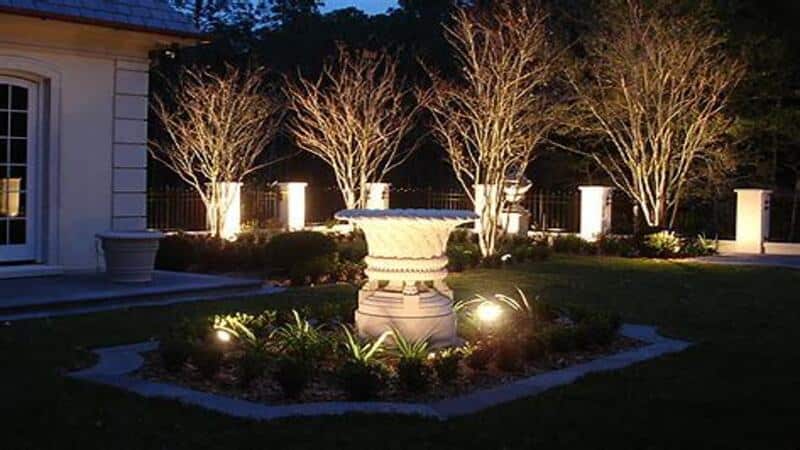
For more significant projects like facades, landscape lighting, and outdoor settings, you should opt for an option that provides better value for the money and saves your budget, time, and effort.
LEDs are your answer. LEDs are 75% more energy efficient as compared to incandescent lights. Although LEDs have a higher investment cost, they save money in the long run through low maintenance requirements, longer life, lower labor costs, and decreased electricity bills.
Plus, LEDs are far better for the environment than incandescent bulbs. LEDs account for reduced carbon emissions and waste disposal. They are recyclable and made of non-toxic materials.
LEDs are now available in designs such as floodlights, washers, wall grazers, uplights, downlights, spotlights, RGBW lights, and many more. Such an enormous variety is hard to find in the form of incandescent lamps.
LEDs are widely used in the following applications:
- Safety and Security
- Shopping Malls
- Hospitals
- Office buildings
- Restaurants
- Gyms
- Clubs and casinos
- Road lighting
- Parking lots
- Street lights
- Residential lighting
Final Thoughts
There are many reasons why LEDs are rapidly taking over traditional lights, such as incandescent, fluorescent, and halogen light bulbs. The primary reason is being energy efficient. To sum it up, the following factors make LEDs the best option for outdoor lighting:
- LEDs save 80% of the cost you’d rather pay through replacement bulbs and maintenance on incandescent lights.
- LEDs consume 75% less power than incandescent lights and produce higher lumens.
- LEDs save the environment by conserving electricity, producing a lesser carbon footprint, and reducing waste in the form of burnt-out bulbs.
- LED light bulbs come in various colors, shapes, and sizes and can be customized according to needs.
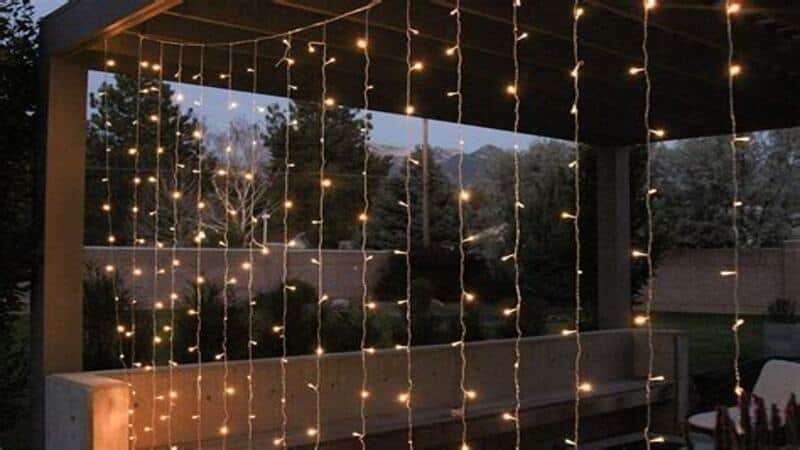
RC Lighting Is a One-Stop Shop for Outdoor LED Lights
RC lighting has helped hundreds of clients from all over the world in lighting up their LED facade and LED landscape lighting projects. Our expert designers, engineers, and technicians work together to make your dream lighting design a reality. We conduct thorough brainstorming before providing the best solutions according to the specifics of your application.
We provide industry-leading, highly sustainable, and durable LED fixtures that are rigorously tested in our labs against international standards.
From LED outdoor lighting to indoor recessed lights, spotlights, and track lights, we have exactly what you need for your net lighting gig.
Contact us! Our team will walk you through the hundreds of options in our catalog.



